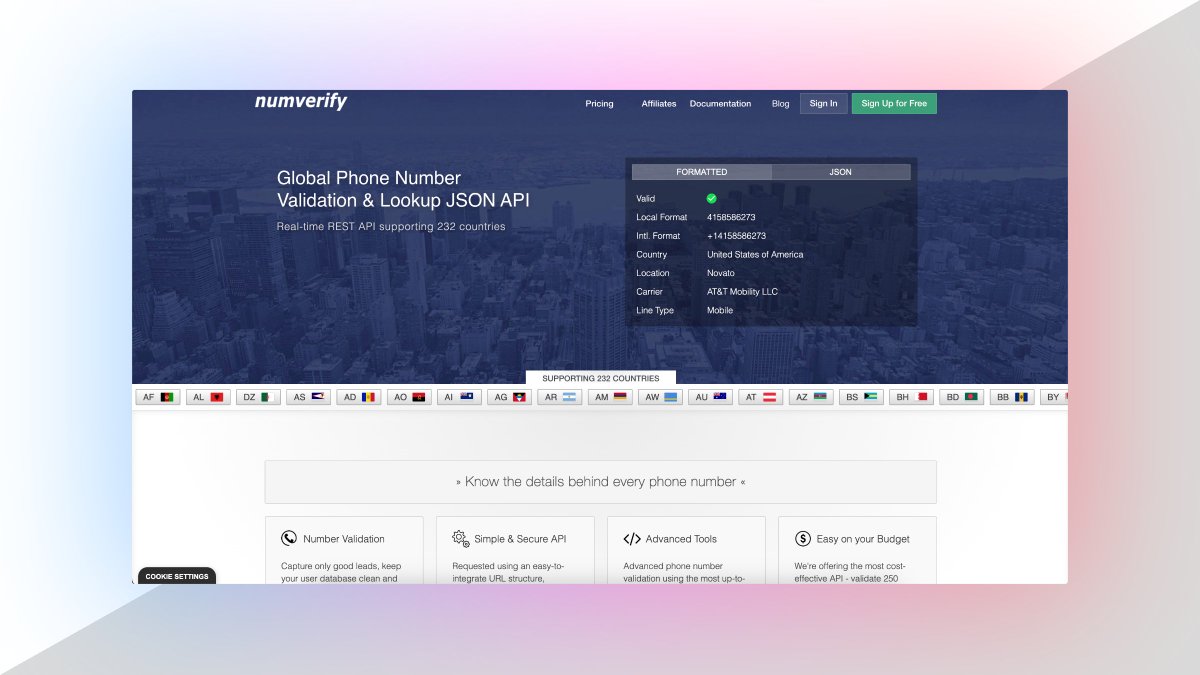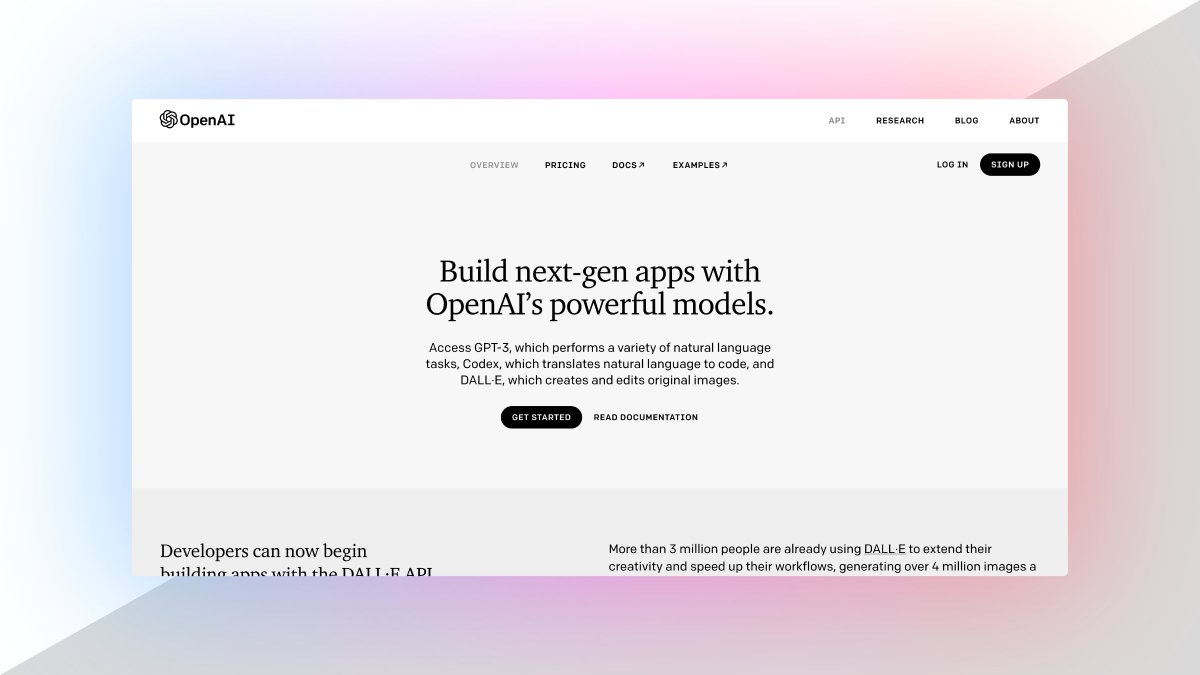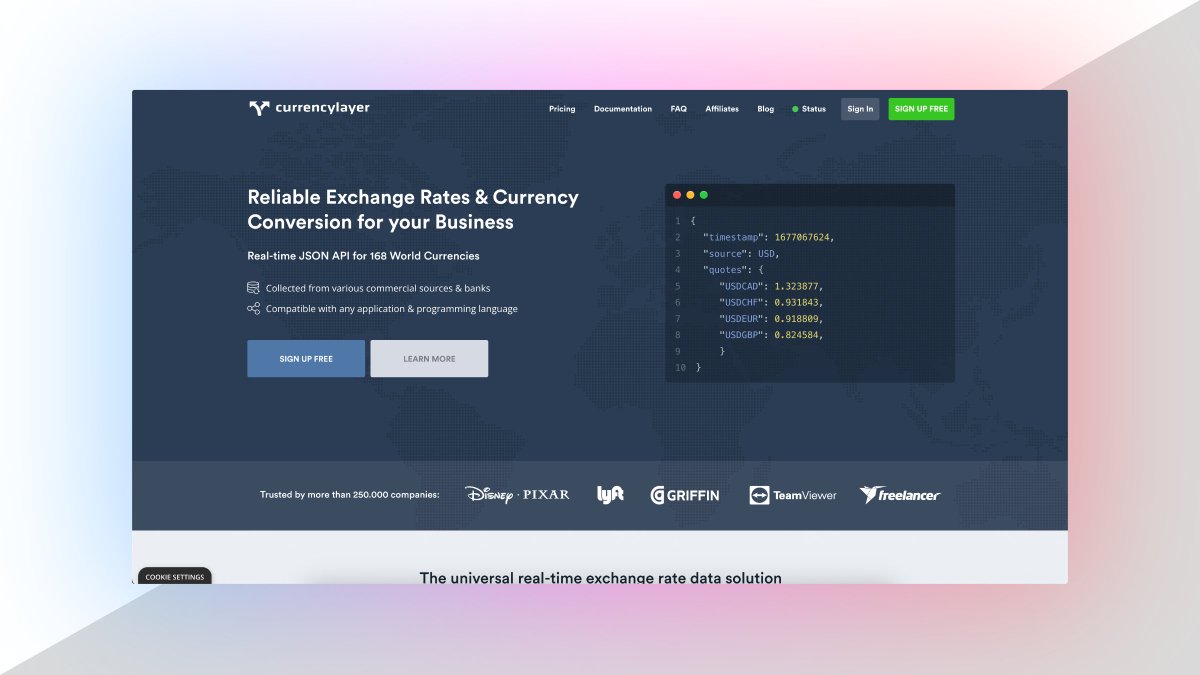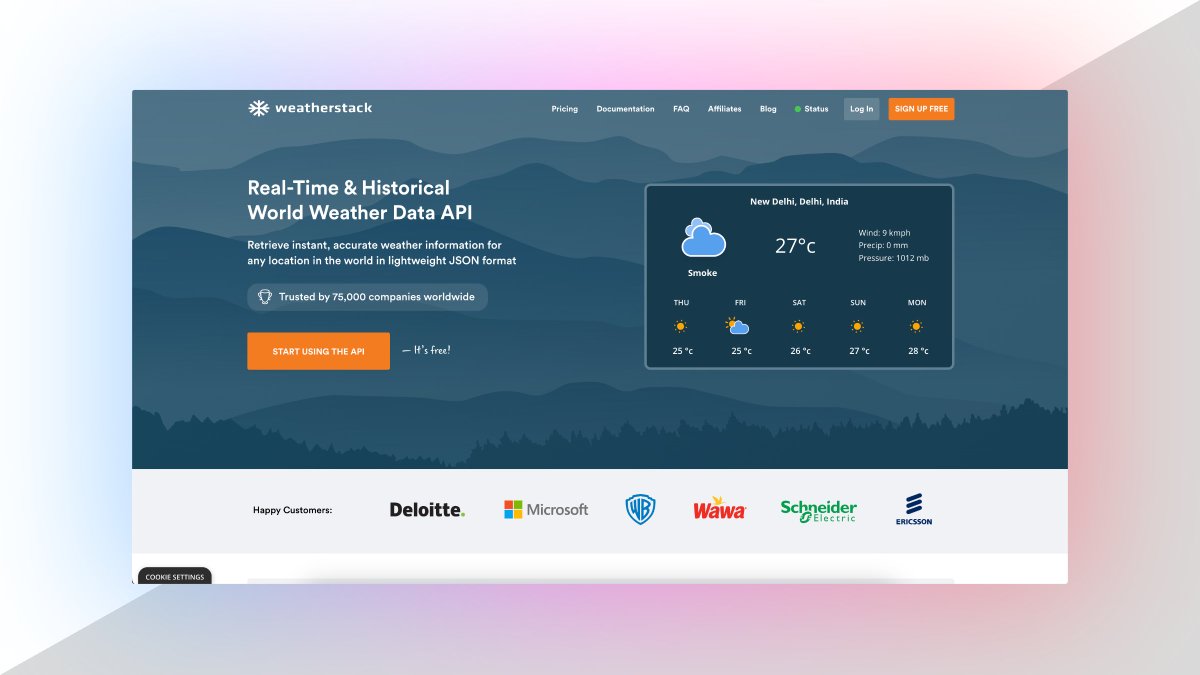Part 1. The growth trajectory
Steps I'm seeing startups follow in 2021:
1. Build an amazing product that naturally encourages word-of-mouth.
2. Then kickstart user growth with a scalable acquisition channel, such as ads.
3. In parallel, I'm seeing them spend most of their growth resources optimizing their user funnel + product experience.
At every step of the user's journey, they A/B test to maximize per-user revenue.
4. Once their funnel is profitable + efficient, they scale it.
They also start to experiment with many more channels until they exhaust all of them.
5. Over time, they switch their emphasis to more sustainable and cost-efficient channels, such as:
• Product-led growth
• Organic social
• Influencers
• Referrals
• Content
• Sales
• More
This removes their dependency on ads, which can be volatile.
Part 2. How do you succeed at paid channels?
Most companies never make paid acquisition (ads, sponsorships) profitable.
Think about it: If they did, more companies would be successful—given how quickly scalable ads are.
To be specific, most companies are unable to profitably acquire paying users through ad platforms such as:
• Instagram Ads
• Facebook Ads
• Google Ads
• More
If they get one of those working at scale, it might be a holy grail when paired with strong word-of-mouth.
WOM is a force multiplier: every paid user attracts more unpaid ones
That's why I encourage folks to harden their conversion + referral rates before investing big in paid.
However, there are constraints that make paid channels difficult:
A. Profit margin: How much profit you earn per sale is critical to making paid work.
B. Audience size: Audience isn't just a function of how many people want your product, but more narrowly...
...how many are potentially suitable users of your product, want your product more than your competition, want it now, and can afford it.
The resulting audience is smaller than you estimate.
Many startups find their audience is too small to keep Facebook ads running at-scale.
C. Next factor in making ads work: Degree of product demand
How badly does your market want your product?
If your product is just a nicety, you're at a disadvantage relative to companies selling what people critically need—or THINK they need—such as health insurance or loans.
Further, the less obviously valuable your product is, the better you need to be at pitching it.
This can take exceptional marketing skill and months of iteration.
You might not know if your product crosses these profit, size, and demand thresholds until you've spent a statistically significant amount of money on each ad channel for every sub-audience.
You can also talk to people who've done it before. (This is what my startup is for.)
All this said, here are two types of companies with an increased chance of making paid (e.g. ads) work:
A. High margins:
If you charge customers $2,000 for a mattress or $10,000/year for enterprise software, you have more wiggle room to experiment with ads until they work.
B. Products with a high word-of-mouth or referral rate:
If new users refer many more paying users, then you may be able to tolerate a small upfront loss when acquiring customers via ads.
Part 3. How do I make unpaid channels work?
If you fail to make paid work, you'll be relying on unpaid channels:
Content marketing, referrals, word-of-mouth, sales, PR, community, more.
This is normal. Succeeding at paid acquisition isn't a necessity—it's just convenient.
Benefits of unpaid channels:
They may be less at the mercy of ad channel volatility, audience saturation risks, and CPM pressures.
In other words: Unpaid growth is often more reliable and more in your control.
Some major unpaid channels:
A. Product-led growth: If your product grows virally from users inviting others who then use the app together, you have the potential for product-led growth.
This is probably the healthiest + fastest way to grow. See Dropbox, Slack, Zoom, + PayPal.
B. Another unpaid channel: Content/SEO
Is your topic something people are Googling for?
Then SEO is potentially viable. Consider hiring writers instead of ad managers.
Further, build distribution around your content—via webinars and newsletters—to share it beyond Google.
C. Another unpaid channel: Word-of-mouth and referrals.
Build an amazing product that people can't stop talking about.
Then accelerate their word-of-mouth through low-friction, enticing invite incentives.
D. Sales is more appropriate for companies with significant profit margins and revenue stability—due to the costs of researching, negotiating, and winning deals.
Let's back up.
What *is* growth marketing?
I define it as data-driven revenue maximization.
It's a rigorous process of experimentation, data collection, iteration, and behavioral psychology—in pursuit of increasing revenue.
Growth is not a series of hacks.
One way to think about it:
Brand marketing increases the potential energy for revenue: it primes users to convert at a higher rate in the future.
Growth marketing then converts that potential energy into kinetic: it increases conversions now.
I'll be sharing dozens more growth insights.
I post threads 2x/week like this. If you want more growth content, you can give me a follow.
See my past threads here:
@julian







